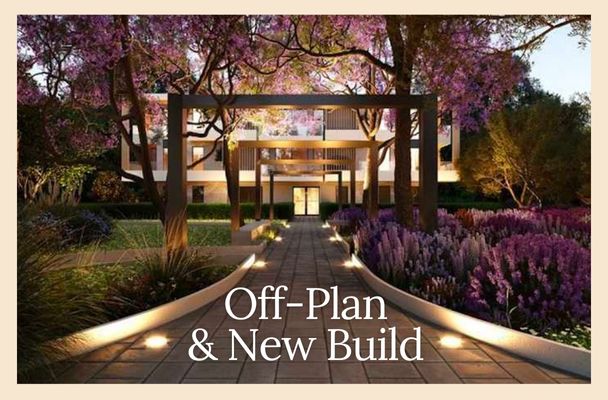Escape to the Chateau: How to Buy and Renovate a Castle
Originally posted on & updated on 6th September, 2025
They say an Englishman’s home is his castle – but for many Brits, Americans and others, the real dream is to buy a piece of history in the form of a French chateau.
Over the last couple of years, television audiences in the UK have been watching TV presenter Dick Strawbridge and his wife Angel Adoree as they took on the challenge of renovating an abandoned French chateau they bought for around 400,000 euros.
The most recent series, Escape to the Chateau: DIY, saw them impart their newfound wisdom to other couples as they transformed dilapidated castles into charming homes and successful businesses. Throughout the series, we have seen everyone involved commit many hours to renovating their chateaux, often to avoid what would otherwise be enormous bills.
The result has been a huge growth of interest in French châteaux. We always have a selection of castles available as part of our range of French real estate, and they have proved a huge draw to potential buyers over the years.
Of course, it’s one thing to watch a television show and browse images online, but quite another to take the plunge in real life. How realistic is it to buy and renovate your own chateau in France? The guide below outlines five key areas to consider before deciding whether investing in a French castle is the right choice for you.
Buy at the Right Price
There’s no question that a French chateau commands a premium compared to other properties. A manor house could be just as spacious, filled with character and surrounded by extensive land, without the high price tag of this special piece of real estate. Even if you manage to grab a bargain – Dick and Angel paid just €390,000 ( some years ago…) for their 45-room castle – it’s likely you’ll need to invest much more to restore it to a habitable state. A competitive currency deal for completion can help offset some of the renovation and maintenance costs.
Renovation Costs
The size and scale of most chateaux mean it is fairly obvious that they will cost more to renovate than your average home. However, it’s not just the square footage that adds to the bill: specialist materials and fixtures may well be needed to meet the requirements of owning a listed building. The good news is that there are often significant grants available for restoring historic buildings, so it is worth investigating this before you buy.
Ongoing Maintenance
In addition to the initial renovation costs, you must also factor in ongoing maintenance expenses over many years. The cost of this can also be higher than for other properties – but again, there may be grants available. In many cases, money is attached to the condition that you open the château to the public for a set number of days per year, for example, have you heard about La Nuit des Châteaux? If you’re planning to run it as a business anyway, this shouldn’t prove too problematic; however, you need to be confident you can generate enough income to cover routine maintenance for features such as the roof, windows and traditional features inside.
Seek Château Expert Advice
Because of their special historic status, there may be restrictions on the changes you can make to a chateau to make it suitable for your business. Whether you’re hoping to offer chambres d’hôtes, holiday rentals, or even a stunning wedding venue, you may need to adapt the property to suit your needs, and this will be trickier in a castle than in other properties. French real estate covers a diverse range of options, including historic manor houses, domaines with associated gites, and former farmhouses with outbuildings ripe for renovation. Explore all the options and seek expert advice before making your decision.
Finding your own French Castle
There are chateaux across much of beautiful France, the north-west of the country, particularly around the Loire Valley, has by far the most to choose from, being in the Kings Valley. Anything within an hour or two of Paris commands a particularly high price, but the lavish style and construction of the Loire Valley châteaux means they do tend to be expensive. Although there are many castles available elsewhere, they are usually simpler in style and therefore more affordable; however, they are often older and in need of significant investment to restore them to their former glory.
A good alternative, and also not too far from Paris, the Alps, and Switzerland, is the Burgundy region, perhaps one of the best kept secrets, where one can find rare gems, still in their own ‘jus’, while still enjoying a pace of life some areas may have lost, while being just 1 hour away from Paris. And then, there are many castles on the market in southwest France, just ask Trish, who fell in love with an old château in the Pyrenees. Her story and move from America is inspiring and educational.
Prepare your Château Escape
Ultimately, though, if you have your heart set on a chateau, you may need to be prepared to search for longer than if you are looking at other property types, unless, of course, you have a ‘coup de foudre’ and make an offer on your own fairytale château on the first visit.
To learn more about the challenges and rewards of buying a French château, visit our buyers’ guide, complete with expert tips and advice.
